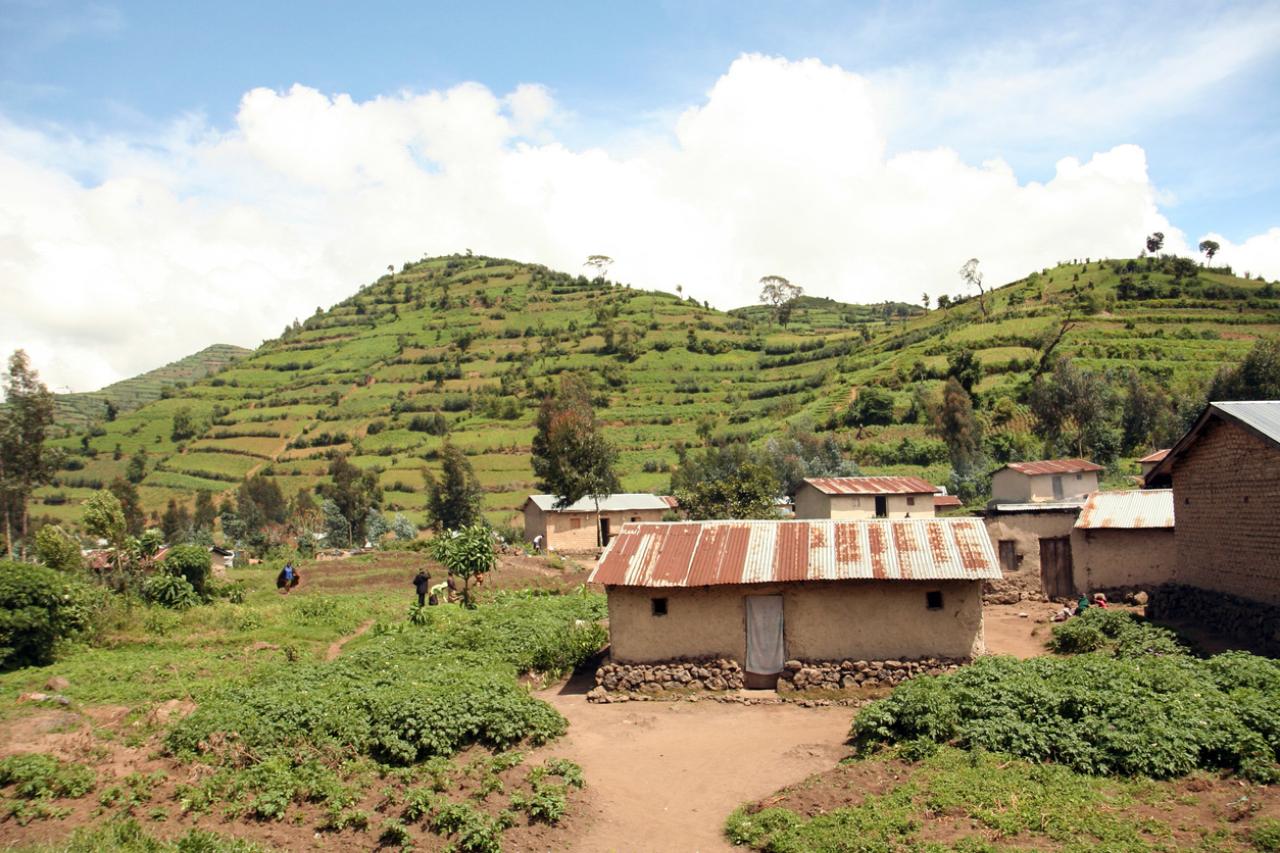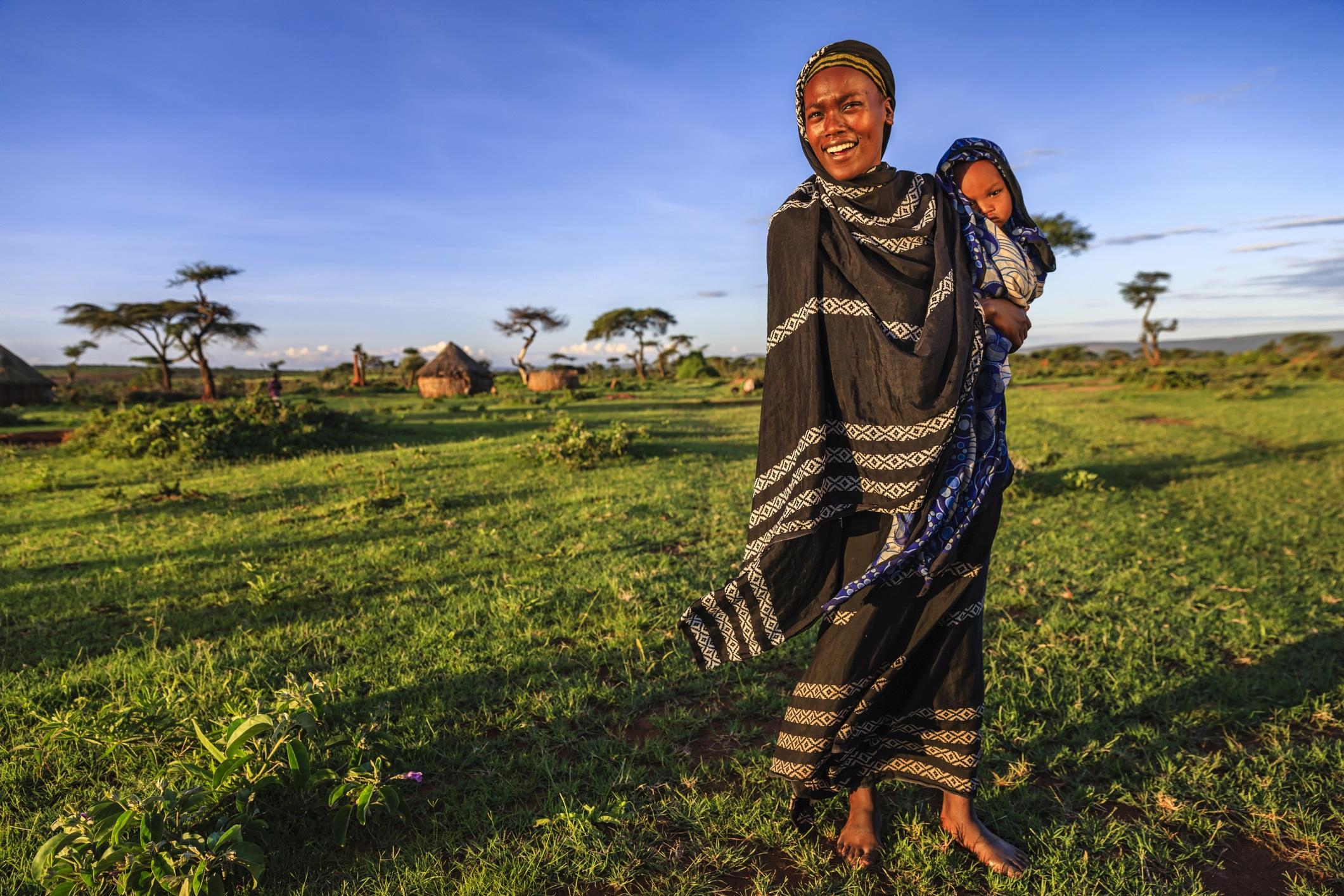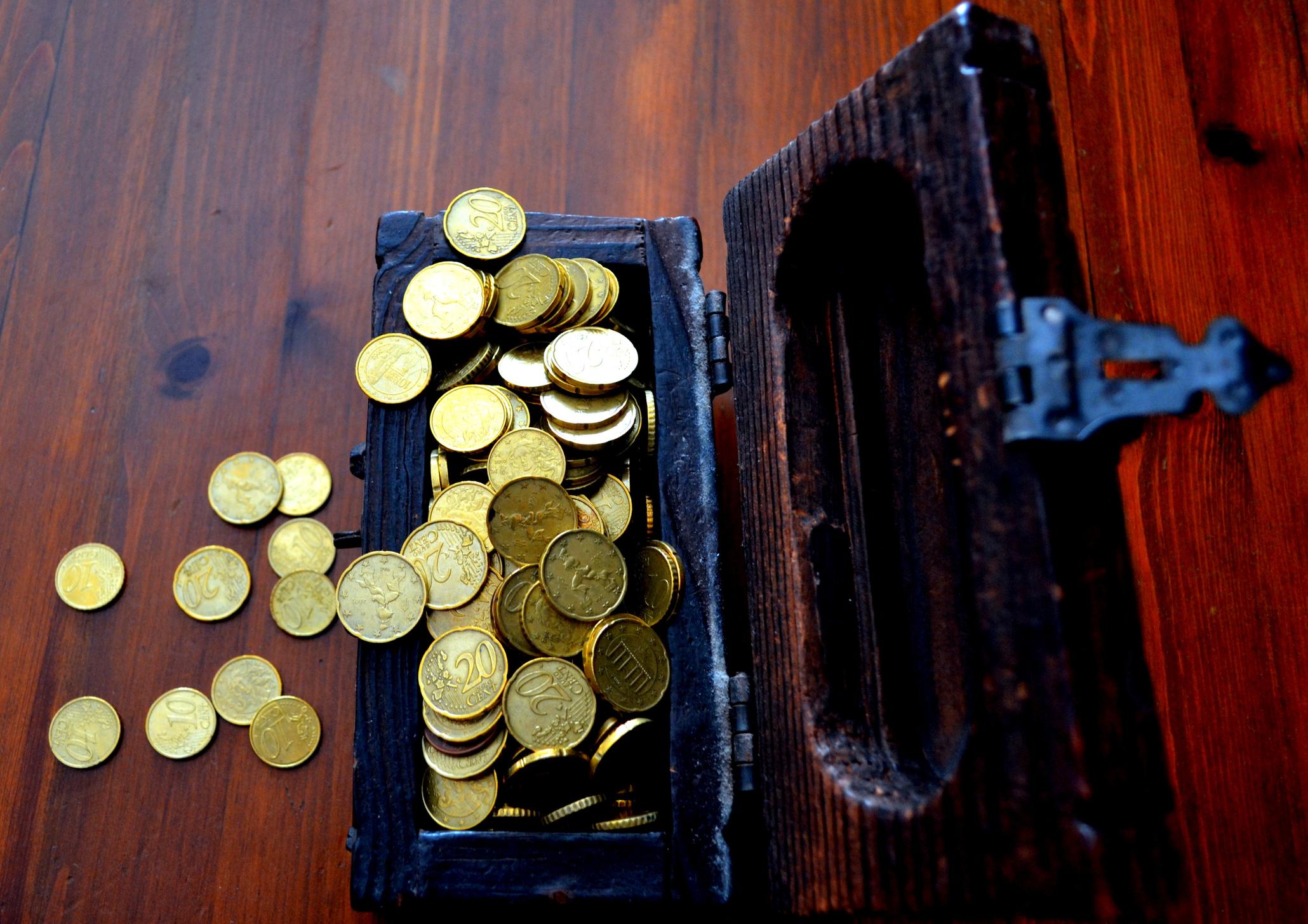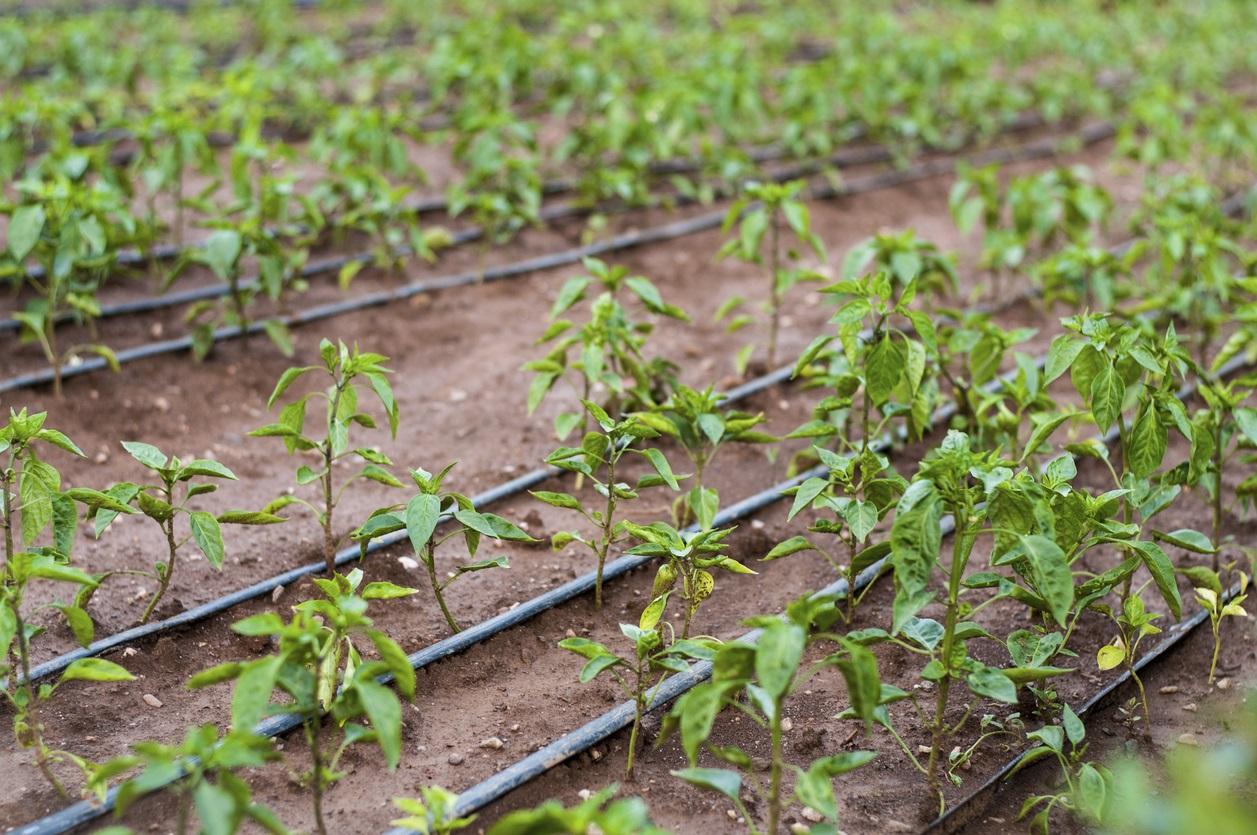
A chance meeting can sometimes inspire research. INSEAD Professor Ioana Popescu was queueing to check her coat at the 2014 World Economic Forum in Davos when another attendee read the school’s name on her badge. “Oh, I went to INSEAD,” he said. The man was Sameer Hajee (MBA ‘04D), co-founder of Nuru Energy, a firm that sells light to off-grid consumers in Rwanda. He went on to explain that he needed help with pricing for his product, a rechargeable light bulb that provides an alternative to noxious kerosene lamps. “Well, I do pricing,” replied Popescu.
For Popescu, this meeting was pure serendipity. She had been thinking for some time about the purpose of her work and how it could serve more people. About 20 percent of the world’s population has no access to electricity. Living on less than US$2 a day, most cannot afford solar panels and thus largely rely on kerosene lamps for their lighting needs. This is a problem since kerosene, aside from providing low-quality light, poses great fire and health hazards. According to the World Health Organization, breathing kerosene fumes is the equivalent of smoking two packs of cigarettes a day and leads to more deaths than malaria. Kerosene lamps are also costly to use, representing up to 10 percent of poor households’ monthly expenses.
Poor consumers are not a monolithic block
By contrast, Nuru Energy sells smoke-free rechargeable bulbs that are, per hour of usage, three times cheaper than kerosene. A bulb recharge costs US$0.20 and yields 18 hours of light. The same amount of money only buys a kerosene consumer six hours of light. And yet, bulb adoption is lower than expected and many consumers continue to use kerosene. (The bulbs themselves are sold at a heavily subsidised price.)
Popescu, the Strategy& Chaired Professor of Revenue Management at INSEAD, enlisted the collaboration of Bhavani Shanker Uppari, a PhD candidate at INSEAD, and Serguei Netessine, formerly of INSEAD, now Professor at Wharton, to explore the potential drivers of such seemingly irrational preferences and propose strategies to alter them. One of their findings is that certain segments of the market prefer kerosene, although it is more expensive, because it offers more purchase flexibility than rechargeable bulbs. Flexibility makes light more affordable to liquidity-constrained consumers. Their paper, “Selling Off-Grid Light to Liquidity Constrained Consumers”, is forthcoming in a special issue of Manufacturing & Service Operations Management (M&SOM).
Many well-intentioned people tend to think of the poor as a monolithic block and are surprised when a solution that promises to solve their problems is not a panacea. Excellent books, such as With Charity for All or Poor Economics, have been written on this topic, and it is a point worth emphasising.
In reality, the poor are not defined by their poverty alone. Just like consumers in the developed world, they are individuals who face varying challenges, besides cash flow, that influence their consumer habits. Serving them requires using a micro-lens. In their particular research on the Rwandan off-grid light market, Popescu and her co-authors identified two specific segments of consumers for whom kerosene, due to its flexibility, remains a more attractive option than clean, rechargeable bulbs.
Inconvenience and blackout costs, beyond monetary costs
The first of the two segments, which the authors call inconvenience-averse consumers, typically live far away from a bulb recharging centre. As there is typically one such centre per village, purchasing light may involve a lengthy trip, including the time spent waiting for the bulb to be recharged, which can take from twenty minutes to two hours. Time is money, even more so at the bottom of the pyramid. Time away from productive activity has a large opportunity cost for poor consumers. Moreover, consumers who are too old or sick may be unable to take frequent trips on rough paths (Rwanda is known as the land of a thousand hills). Such consumers do need light, but first and foremost, they are concerned with convenience. As such, they prefer to purchase light less often, and in larger quantities, which is possible with kerosene.
The second segment who prefers kerosene to bulbs are blackout-averse consumers. Due to their personal circumstances, such consumers want, above all else, to avoid being caught without light. Maybe they have kids who need to do their homework at night. Maybe they need light to feed their cattle after dark or otherwise carry on activities, such as weaving, upon which their livelihood depends. These consumers need to make sure that they can replenish light quickly, even if they only have a few cents to spare. Again, kerosene answers this need for flexibility, as a consumer can buy it in tiny quantities. Even if the consumer happens to live right next to a bulb recharging centre, she may not have $0.20 for a recharge. However, she may have enough money to buy kerosene that will tide her over for a few nights. If the consumer were able to accrue the funds, she would have access to cheaper, cleaner light but she’s caught in a cycle where she can ill-afford to ever be without it.
Avoiding one-size-fits-all solutions
Based on this understanding of Nuru Energy’s market structure, the paper’s authors propose a number of strategies to increase adoption and usage of rechargeable light bulbs.
At the product level, their main suggestion is for the firm to offer larger-capacity bulbs that can be partially recharged, so as to mimic the flexibility of purchasing kerosene. An indicator on the bulbs would allow consumers and recharging centres to track a bulb’s charge level. The increased hours of usage would suit the inconvenience-averse consumers, while the ability to partially recharge would suit the blackout-averse consumers. The authors devised a formula to optimise the recharge price and bulb capacity, taking into account the cash constraints of consumers and cash flow needs of the firm.
In terms of service, they propose strategies to address Nuru Energy customers’ concerns with convenience and cash flow. For instance, the firm could implement a door-to-door bulb recharge service or increase the number of recharging centres. Another strategy could be a subscription model in which consumers would exchange their discharged bulbs for recharged ones (eliminating the waiting time). The firm could also help consumers save money for lighting by providing them with small padlocked safe boxes ear-marked for that purpose, a simple piggy-bank concept that has been shown to improve the saving rate for health expenditures.
In order to test the efficacy of these strategies, the authors teamed up with researchers from the University of Cape Town to run field experiments in Rwanda. Their goal is to understand how to make clean energy more accessible to consumers, and what a sustainable business model entails in this particular context.
Serving the poorest of the poor may involve the same revenue management steps that firms use to maximise profit in developed markets. First, organisations must understand and segment their consumers. Second, they need to design products that fit the needs of the target audiences. And finally, they can start to adjust pricing, incentives and the business model.
Ioana Popescu is Professor of Decision Sciences and the Strategy& Chaired Professor of Revenue Management at INSEAD.
Bhavani Shanker Uppari is a PhD candidate in Decision Sciences at INSEAD.
-
View Comments
-
Leave a Comment





No comments yet.